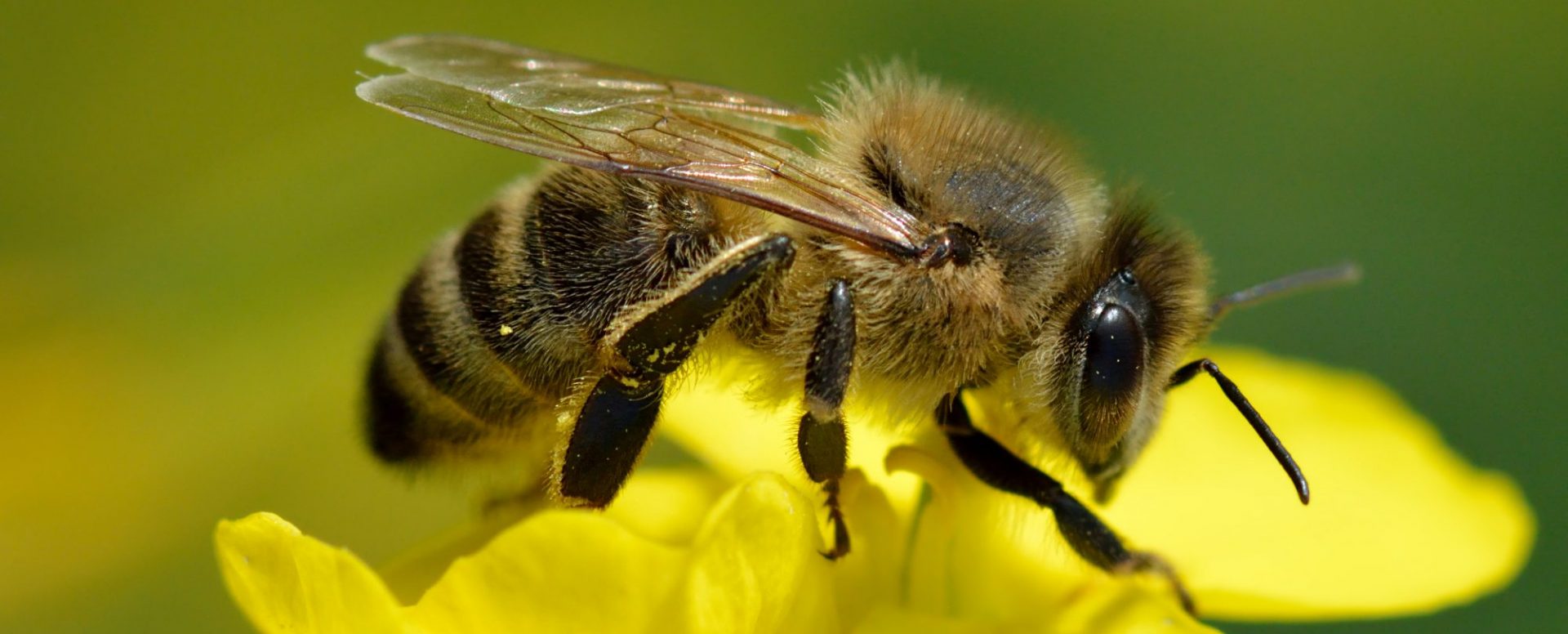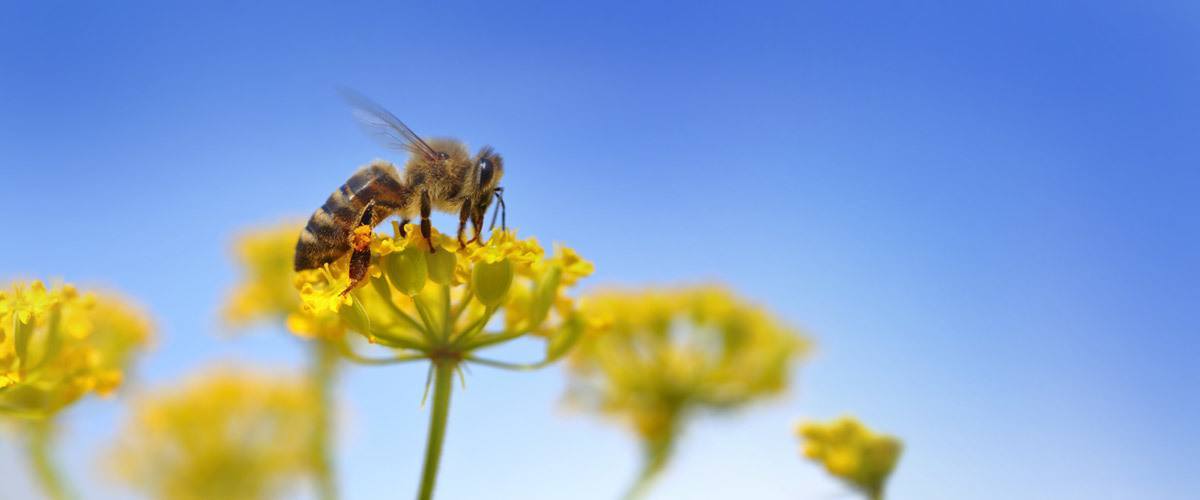10 Simple Things You Can Do!
Bees are having a hard time, but we can all do our bit to help save the bees. You do not need to become a beekeeper. Indeed, many other pollinators (not just honey bees) are in serious decline too.
For example, in the USA, the Rusty patched bumblebee (Bombus affinis) – a once common species – is now on the brink of extinction, and has been declared endangered, with populations having plummeted by 90%. Seven species of Hawaiian yellow-faced bees have to receive protection under the Endangered Species Act. In the UK, some bumblebee species have gone extinct already. Many butterfly species are also struggling.
However, we can all do our bit to help the bees – and making a difference starts with each one of us – if not you and I, who else?
Many of the steps you can take to save bees, will help other pollinators too!
Bees really are the ‘canary in the coalmine’ for many other species. As such, the steps we take to enhance habitat, will help other pollinators and beneficial invertebrates.
Having campaigned for several years, I have noticed how awareness has increased greatly, and people are generally trying to help bees by including bee-friendly plants in their gardens, or in pots or hanging baskets by the front door.
People everywhere are taking steps – so……
You CAN make a difference – and collectively we make a BIG difference!
…..and here are some tips to help set you on your way to doing just that!
1. Help save the bees by providing lots of the right flowers, over a long season
Saving the bees starts with flowers!
• Provide a long season of nectar and pollen rich flowers for bees and other pollinators to feed on:
Ensure you have flowers, shrubs, trees and plants in bloom for as long as possible in the garden. Some bee species may come out early, and will be looking for much needed pollen and nectar sources provided by spring bulbs such as narcissus and crocuses. Pussy willow and herbs such as rosemary are also useful. Remember also, that some bees will continue foraging late into the season too, so try to ensure you include late flowering blooms in your garden, such as winter heathers. Take a look at the following link (opens new window) featuring calendarised lists of great bee plants.
• Choose old fashioned blooms, cottage garden, and herbs
When selecting plants for your garden, always remember that simple, old-fashioned varieties are better than highly cultivated ones. Herbs and heathers are generally great for bees, as well as traditional cottage style flowers (and whatever anyone says, they NEVER go out of fashion!).
• Include wonderful wildflowers
Plant wildflowers in your garden, or even create a small wildflower area.
There are several ways you can make room for wildflowers in your garden, depending on your preference and circumstances, such as including a few in the border or pots, or take a look at these ideas for your lawn, including incorporating wildflowers.
2. A little mud, a little bare ground, and a little water
Remember too that a supply of water – perhaps in the form of a small wildlife pond, and mud are useful. Some bees, such as Mason bees, use mud for constructing their nests. Mining bees make their nests in lawn or semi-bare ground, so please leave a patch of ground for them!
If you see little mounds of mud in the lawn with a hole at the top, this may well be the work of solitary ground nesters (but I’ve had emails asking if they were wasp or ant nests). The bees can be left alone – please don’t use chemicals on your lawn.
3. Tidy away dead stalks – don’t burn them
Old hollow stems of plants and shrubs may have tiny bees and other little creatures overwintering inside them. So if you are wanting to tidy your garden in winter, please don’t burn the prunings. If you can, please leave the stems on the plant until the following year. When you eventually do cut the stems, why not leave them in a pile at the back of the garden?
4. Save the bees – cut out the insecticides!
Some pesticides such as neonicotinoid insecticides, can remain in the soil for years, and continue to be taken up by the plant from the soil.
Neonicotinoids work by creating a toxic plant: this group of insecticides is designed to poison the sap and nectar of plants, so that ‘pests’ which feed on the plant are poisoned. Unfortunately, despite all the protests from the agrochemicals industry, they poison the bees and butterflies too.
Think about it: patents for pesticides admit the chemicals are used to “control” Lepidoptera species (that’s butterflies and moths) – so it’s a bit rich for manufacturers to ask us to believe neonics conveniently won’t harm non-“pest” butterflies – like Monarchs for example, especially when independent evidence points to the harm to non-target insects.
Of course, the patents don’t mention bees, because a product which claimed to be harmful to bees would be illegal. But they do mention the product is effective for controlling species of wasp, which are closely related to bees.
Neonicoitinoids include imidacloprid, Acetimacloprid, Clothianidin, Thiacloprid, Thiamethoxam, Dinotefuran and Nitenpyram. Many well-known garden pesticides contain neonicotinoids. The same applies to lawn care products. Watch out for new systemic insecticides, such as Sulfoxaflor and Flupyradifurone and Cyantraniliprole – these are next generation of neonics. To read more, see this snapshot, or go to this link to look at how neonicotinoids work.
If you want to help save the bees, try natural methods of pest control – such as putting up bird boxes and blasting aphids with water. Also, remember that wasps are a gardener’s friend and most insect species are beneficial or harmless.
It’s also unfortunate, but many plants purchased from garden centers and stores, have been grown using neonicotinoids – so why not ask your local retailers to ban them?
But what else can you do?
• Remember that many wonderful flowers for bees are easily grown from seed.
• Swap plants with like-minded gardeners, and go to small plant fairs where you can speak with the gardeners.
• Another option is to purchase your plants, bulbs and seeds from organic suppliers.
5. Create and protect bee nest sites
A bundle of hollow canes could make a home for solitary bees. If you are making a solitary bee house, use untreated wood. Please don’t use plastic containers, as condensation can occur. Tin cans also should not be used.
Alternatively, there are some well made bee houses available to buy, which make excellent gifts, especially for gardeners, or anyone who might be interested in observing bees.
Some bumblebee species will take up residence in bird boxes, or an upturned plant pot (with holes) provisioned with bedding, and located in a secure, shady area. Take a look at this useful bees nest Q&A.
If you come across a wild bee nest, please try not to disturb it. Bumblebee nests usually only last a season, and most solitary species are unlikely to cause problems. Most bees rarely sting unless provoked – see my page about bee sting facts. Meanwhile, if you are concerned about a honey bee swarm or nest, contact a local beekeeper so that if possible, the bees can be relocated to a safe and permanent place. Take a look at my information page about bee swarm removal.
6. Spread the word!
Spread the word about the need to help save the bees! This could range from sharing these tips to chatting with your neighbor or giving a talk about bees to your gardening groups.
On this page you will find A4 printable posters for use with activity groups, as well as ‘mini-posters’ you can share on social media. You can post them on your own page, but why not also post them on the pages of your political representatives, and any organization that may be interested, from your local council, gardening groups, and beekeeping groups to conservation bodies?
Also, please let’s inspire the next generation – the children of today are tomorrow’s conservationists. Here are some tips.
7. Carefully select your honey, honey!
Is what you are buying really honey? If you are going to buy honey, if possible, buy local honey from a beekeeper you trust who cares about their bees. Contaminated honey may be cheaper, but guess what, there’s a reason for it! Cheap, contaminated honey creates pressure on beekeepers who are doing the right thing, and supplying the real product. Please check the label. See these honey buying tips.
8. Before you become a beekeeper, do some research.
I adore honey bees, and have a whole page about why honey bees and beekeepers matter.
However, beekeeping in an environmentally sensitive area is not necessarily a good idea – for one thing, it could upset the balance for threatened wild bees, and even the balance of the local eco-system in the longer term. All bees are important. Here is a detailed page about it.
9. Speak to your local council
Write to your local council or political representative.
• Tell them about the need to save the bees, and ask them to stop the use of pesticides in public spaces and on public owned and managed land (from parklands to community planting schemes).
• Ask them to include more bee-friendly plants, and shrubs, and to make space for wildflowers along verges etc – ask them to reduce the mowing.
• Bees love clover, and it’s a great, low-growing, drought-resistant flower to include in lawned areas and along verges. Ask your council to use more clover.
• Ask them to put in place a strategy for pollinators.
For further information about how councils can help to prevent bee decline, see these ideas.
10. Help save the bees, eat organic
Neonicotinoid and systemic pesticides are used in agriculture on food crops – and these of course, end up on the shelves of supermarkets. Perhaps now is the time to start growing your own pesticide-free fruit & veg? You’ll be surprised just how many corgettes and green beans you can grow – even in
a few pots outside!
Many herbs are especially easy to grow from seed. If you cannot grow your own, then try to select as much organic produce as you can when you are buying your shopping – even if it’s just one item, because collectively, we do make a difference.
When you spend your cash, you cast a vote.
If you buy at least some organic produce, your purchases, along with those of others, will send a signal to retailers, which will ultimately send a signal to farmers.
It’s as simple as that! Read more about eating organic and how it helps the bees.

